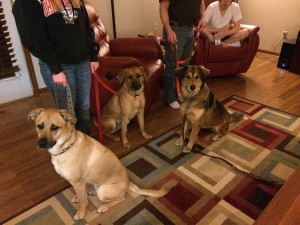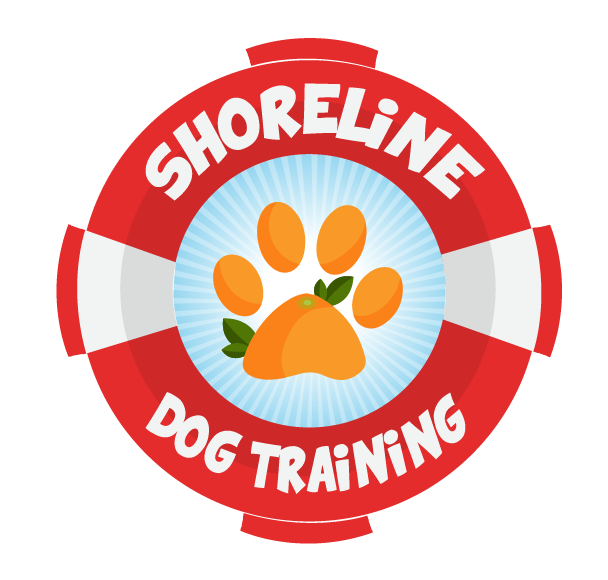
Following the pack theory with dogs, we understand that they will instinctively develop a hierarchy when it comes to themselves and their other pack members. The pack members are not limited to other dogs in the home, but it also applies to the humans any maybe other animals in the home (ie: cats). Most dogs will automatically accept the owners as head of the pack, but may have some struggles coming to terms with the pack hierarchy with other dogs in the household (with cats, they usually let the dogs know pretty quickly!). As owners and leaders for our dogs, we must take the initiative to make sure that ALL dogs in the household acclimate to each other, whether it’s a puppy or an adult dog entering into a new home and a new pack.
Welcoming a new dog into the home and pack isn’t too difficult, but caution and careful monitoring must be in place. Dogs communicate in their own language with each other and it is important that we allow them to do this with one another. However, we must supervise and make sure that neither dog takes things to an inappropriate level, such as violent fighting with each other. A new dog may be very nervous coming into the home initially, especially if there are other dogs present, so we should make sure they do not act aggressively out of fear, or if the “veteran” dog doesn’t take their dominance to an aggressive level, beating up on “the new guy”.
A few tips to make sure your new dog adjusts well in the home and with the rest of the pack:
-Walks together are a great way to bond (though make sure that the dogs are well trained on the leash). This allows the dogs to be in each others’ company and without necessarily having to have close encounters or potentially be in each others’ space. The physical and mental stimulation from a good walk can be a great bonding experience and encourage the dogs to be calm together.
-When it comes to meals, try to feed the dogs separately to prevent from any potential food aggression incidents. With treats or bones, try not to treat one dog and not the others. Dogs should be able to get along without any possessive behavior over food, treats or toys, but be careful with this in the early stages. Make sure any aggression is corrected and do your best to prevent the opportunity from arising in the first place.
-Make sure if the dogs will be playing outside together, laying down inside the living room together, or doing any activity together, that there is someone to supervise. After enough time and enough trust has been established, then try to give them more space. Anything can happen at any time though, so the more monitoring you can provide, the better.
-Try to give the dogs their own crate and/or bed, so they have something to call their own, in case there is no sleep space sharing allowed within the pack. If the dogs do decide to be sleeping buddies, then great! At least there will still be another bed that you can use as a “place” for your dog’s training, and it can overall, just be something your dog can identify as theirs and as a positive, safe association.
And these are just a few things you can try to get your new dog to feel more at home with the rest of the family dog(s). If you have questions or are struggling with some sibling issues, call 614-347-9127!
